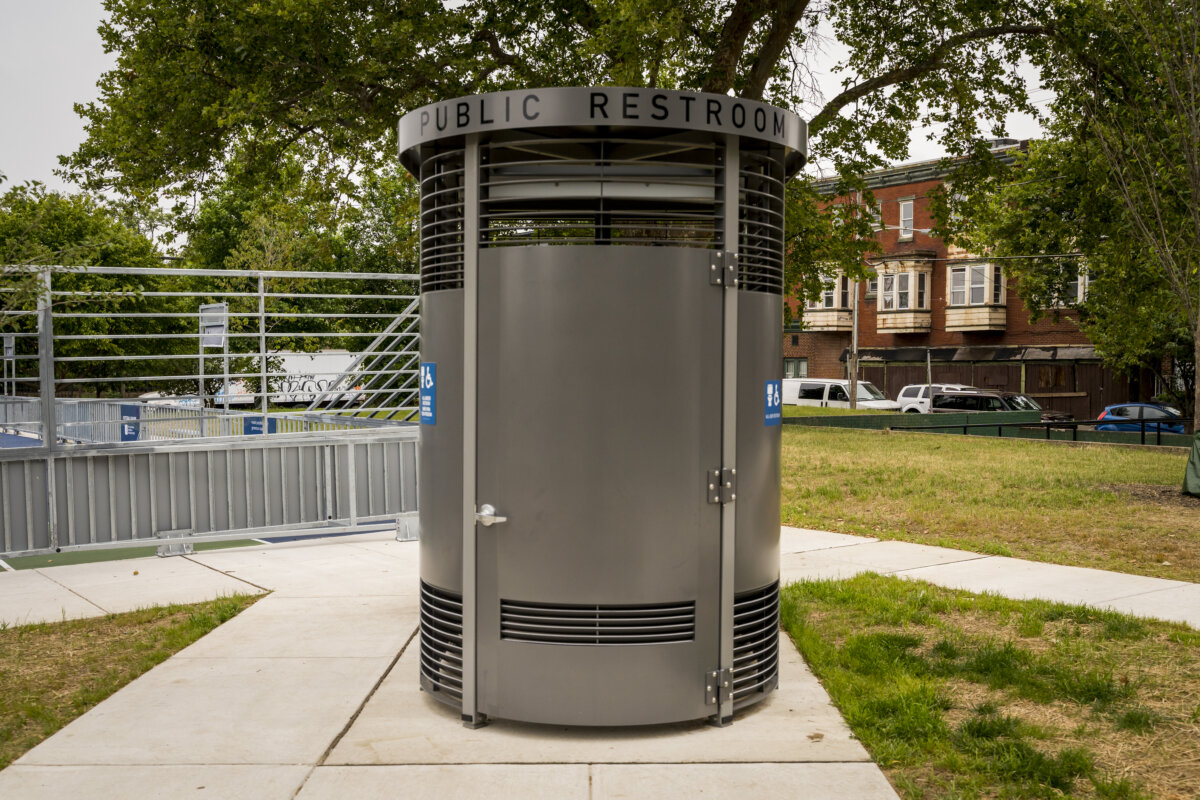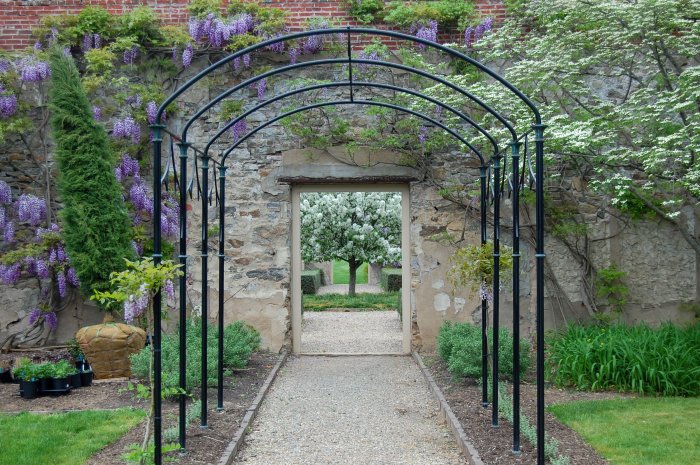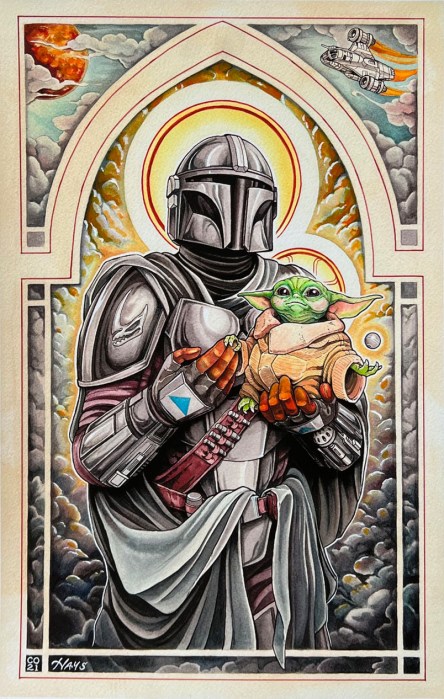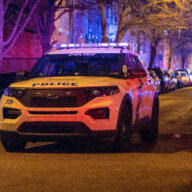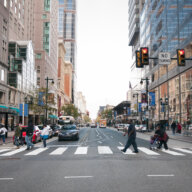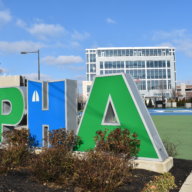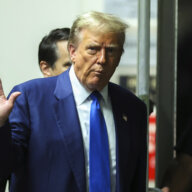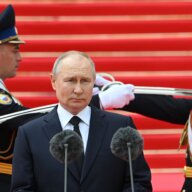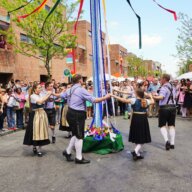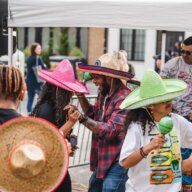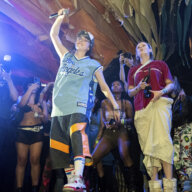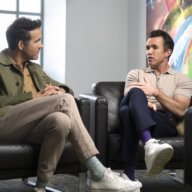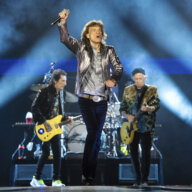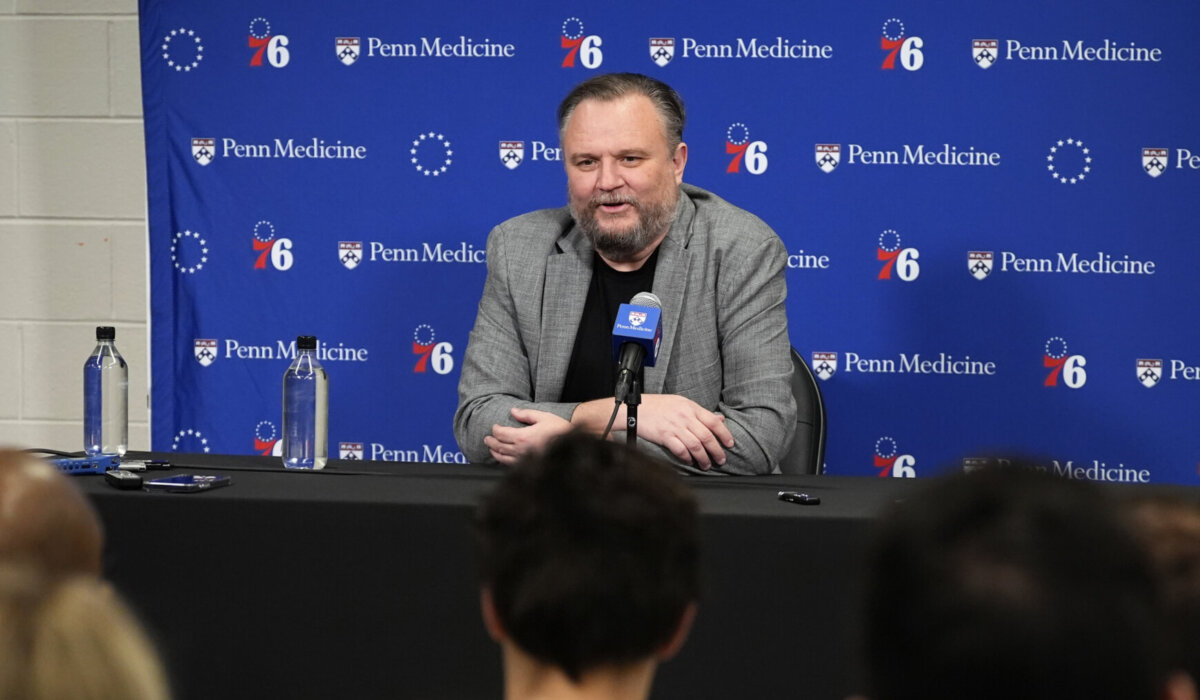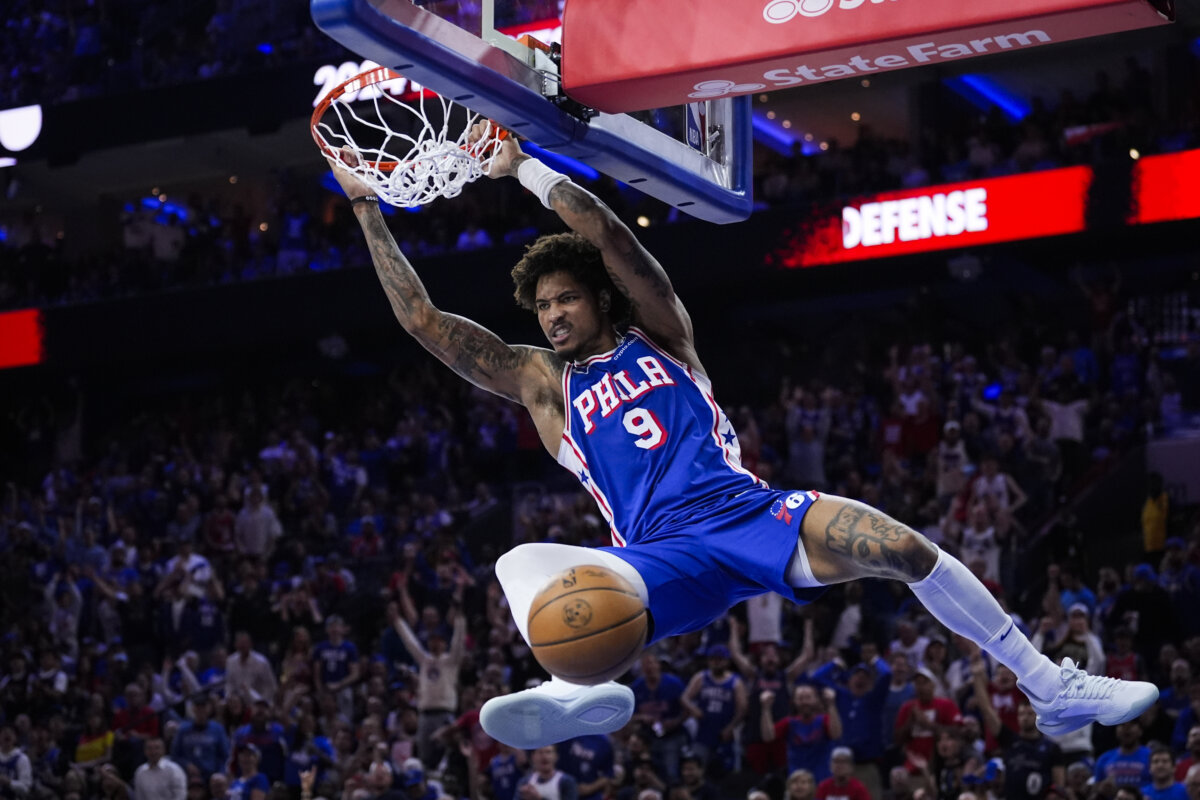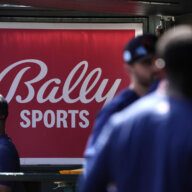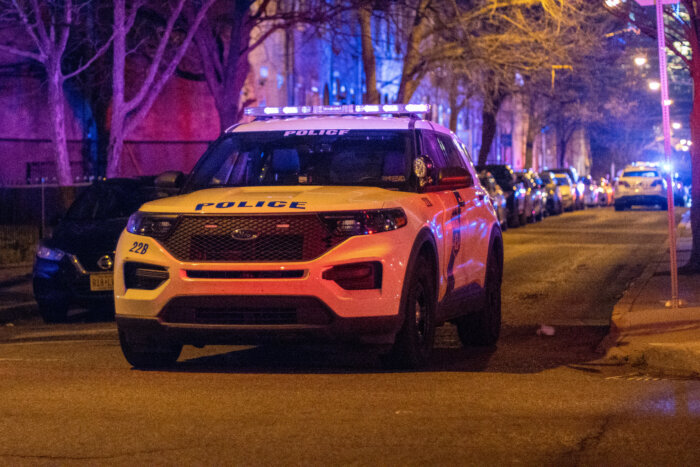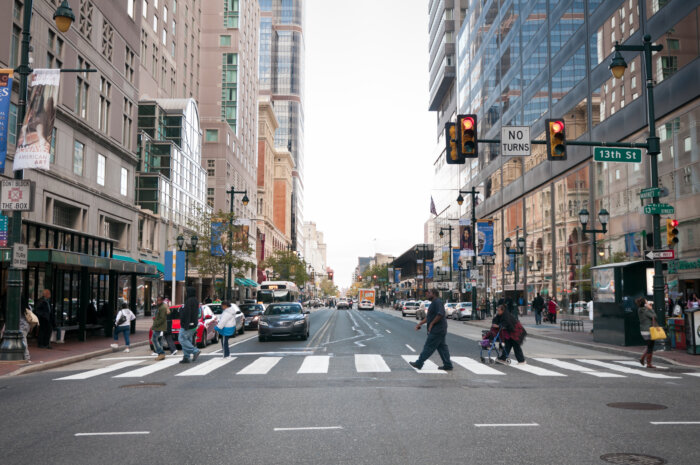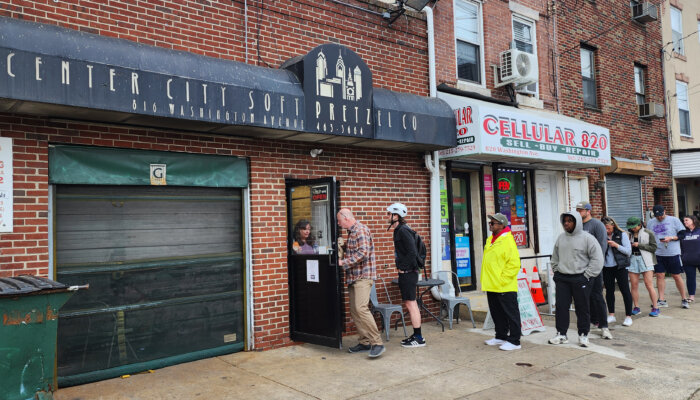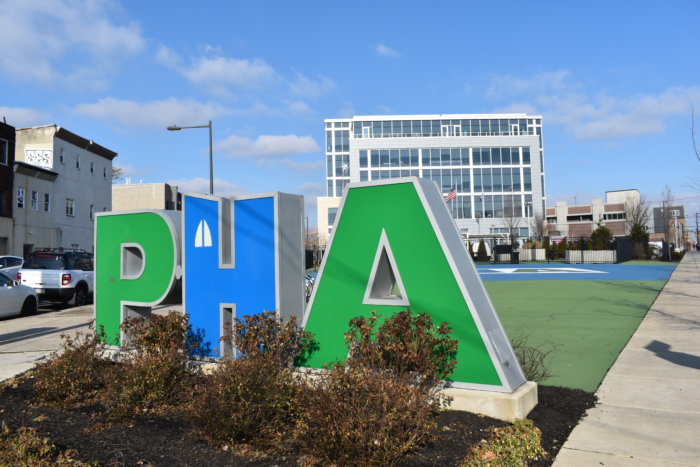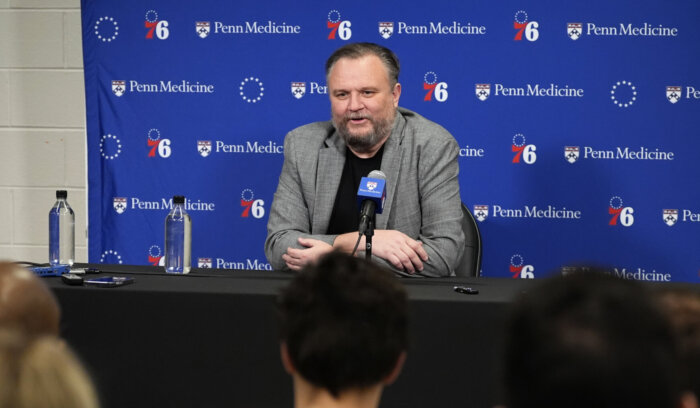Even the public restrooms have Philly flair.
A citywide poll gave residents an opportunity to pick the name of Philadelphia’s new public restrooms, and the results are in — “Philly Phlush” is the winner.
The six public stand-alone restrooms in the pilot program will be labeled with the Philly-centric name. The first restroom opened in Fotterall Square in North Philadelphia in June and the second opened Tuesday at 15th and Arch streets in Center City, across from Love Park. A third restroom is set to open in Clark Park in West Philadelphia. An additional three sites are yet to be selected.
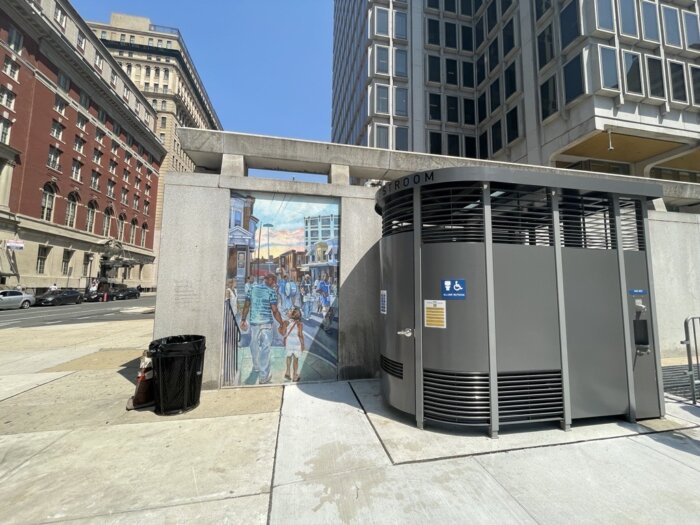
“We also involved the Philadelphia Police Department in planning conversations,” said Managing Director Tumar Alexander. “The site criteria checklist includes safety measures like good lighting and whether the location is on a Police Department route. We also worked with PPD to conduct a safety analysis for the proposed sites. During the community engagement process for each site, we also solicit feedback about what factors would make residents feel safe using the public restroom.”
The stand-alone restroom structure—first installed and tested in Portland—is known for being durable, easy to clean, and having crime prevention design features like graffiti-proof wall panels. The unit is ADA accessible, it can fit a bicycle, a stroller, or two adults and a child. The model has now been installed in over 20 cities. In Philadelphia, the city decided to give the restrooms a local name.
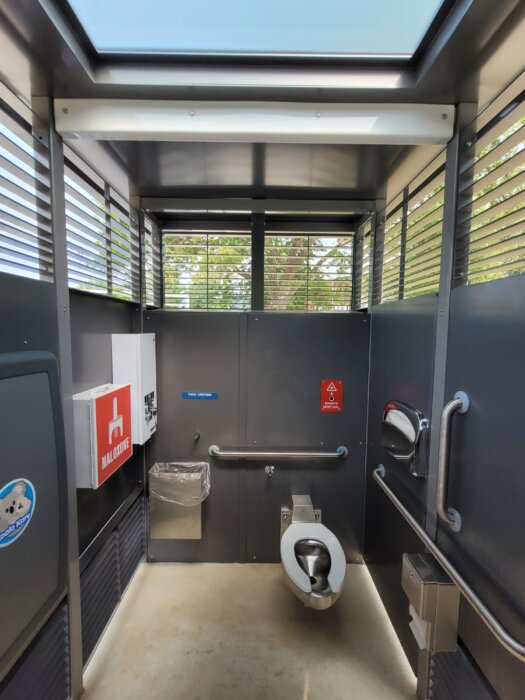
Voting was open for one week (June 23-29) and attracted 8,366 voters, with an overwhelming majority (5,808 votes) for Phlush. The other two options were “Philly Loo,” with 1,705 votes, and “Philly Public Restrooms,” with 853 votes.
The public restroom pilot is included in Mayor Jim Kenney’s Five-Year Plan with a budget of $656,864 annually. This budget includes the three full-time staff that will service all the units in the pilot, supplies, equipment, installing more units over time, and $5,000 per unit per year for repairs.



